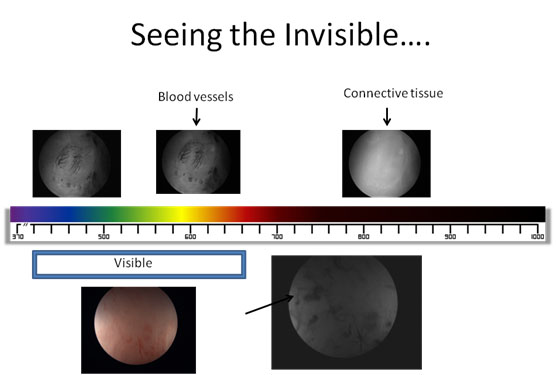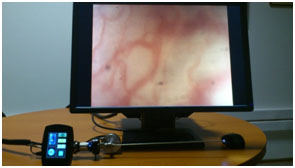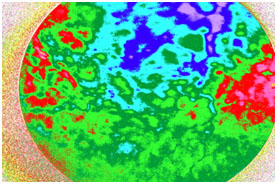Summary Novel methods and technology platforms developed Applications
Colposcopy Endoscopy Microscopy Neurology Imaging Technology in Art Preservation
After several decades of technology and application development, endoscopy has been established as an indispensible diagnostic tool to a variety of internal medicine fields. However it has been widely recognized that there is significant room for improvement mainly through the merging of endoscopy with novel and advanced optical imaging methods and technologies.
Endoscopy comprises our flagship application of Real-Time Spectral Mapper (RTSM) imaging platform, offering a long list of distinct advantages over prior art. Particularly,
a) it captures millions of spectra corresponding to all spatial points composing the image;
b) it records tenths of narrow band images;
c) it calculates a diagnostic map on the basis of the captured spectra and the narrow band images;
d) despite the huge amount of acquired information all spectra, and all narrow band images are captured instantly, while and more importantly the diagnostic map is displayed in a video rate (real-time).
The infrared imaging modality of RTSM enables the visualization of subsurface features of diagnostic importance (e.g. imaging below leukoplakia layers). Moreover, the identification of the spectral signatures of all these features will enable the probing of invisible (preclinical) disease indicators, thus ensuring early detection at curable stages. The unique spectral mapping feature of the RTSM will also enable the accurate treatment (on negative margins base) thus eliminating the risks for metastases and overtreatment. The quantitative nature of the information provided by the RTSM device will definitely enable the accurate (objective) monitoring through the comparison of quantitative indices expressing the structural and functional status of the tissue.

 | ||
 |  |
|
